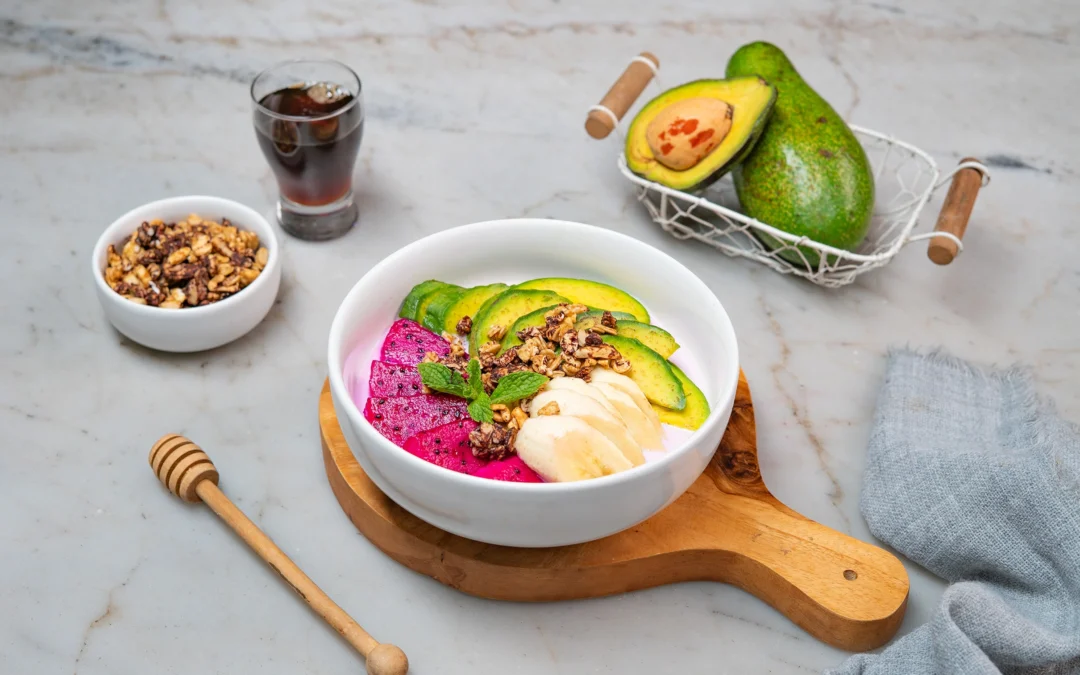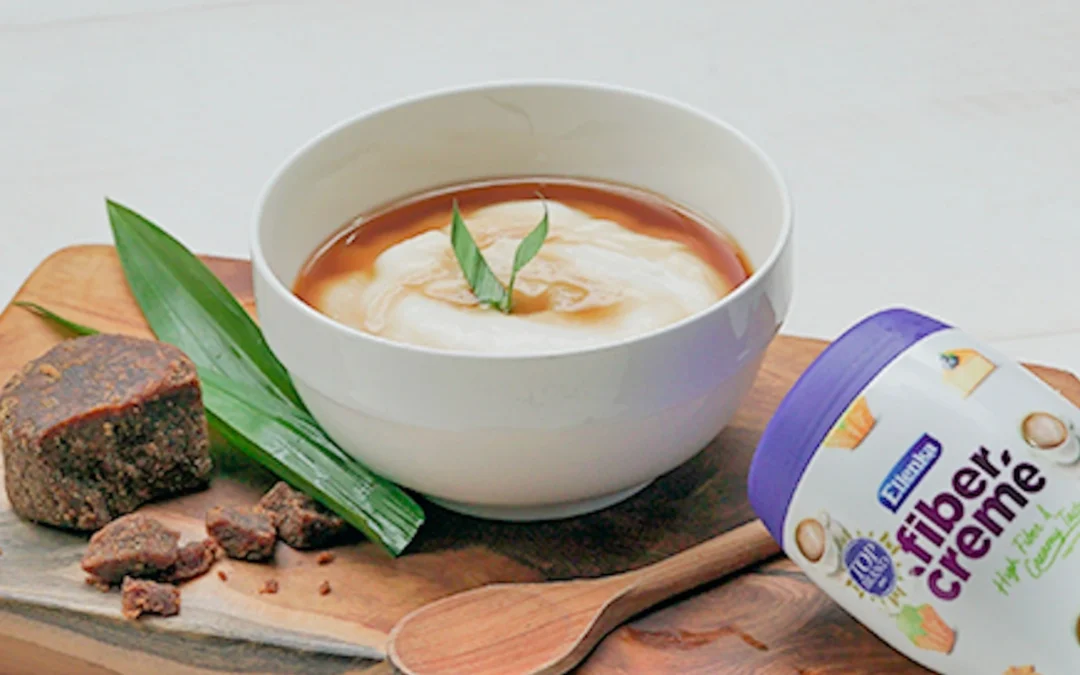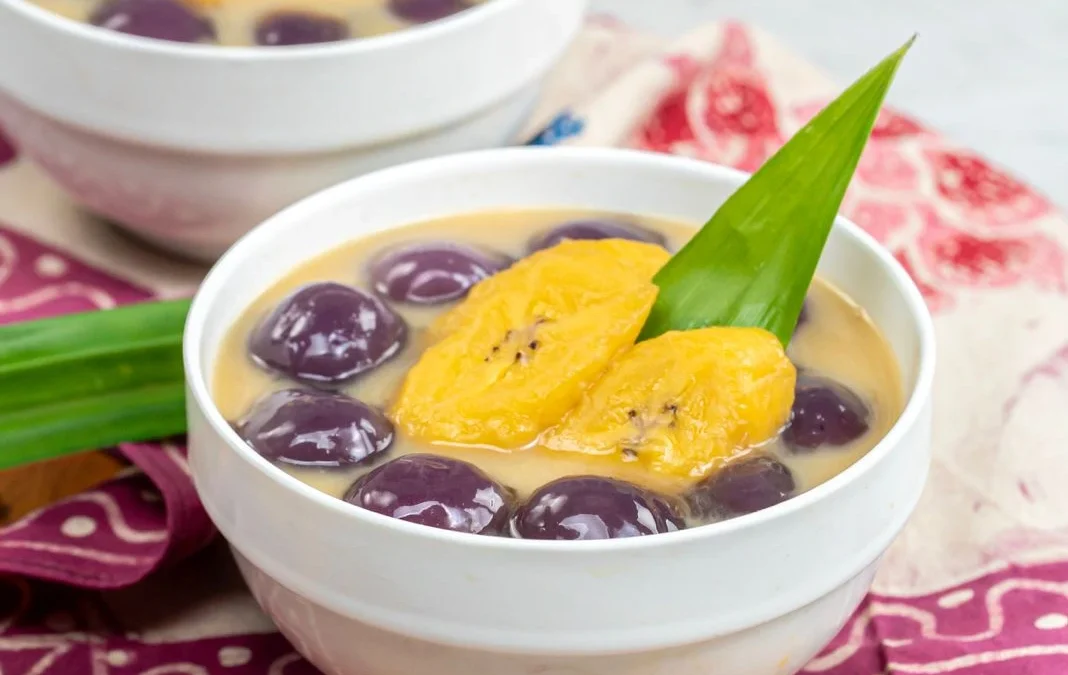 Smelly and watery rice from a rice cooker can really ruin your appetite. Who wouldn’t be disappointed when opening the rice cooker, only to find that the rice, which should be fluffy and fragrant, smells unpleasant and has a soggy texture? Here, we’ll break down why rice turns smelly and watery in a rice cooker, along with practical tips to help you get perfectly fluffy and fragrant rice every time you cook it.
Smelly and watery rice from a rice cooker can really ruin your appetite. Who wouldn’t be disappointed when opening the rice cooker, only to find that the rice, which should be fluffy and fragrant, smells unpleasant and has a soggy texture? Here, we’ll break down why rice turns smelly and watery in a rice cooker, along with practical tips to help you get perfectly fluffy and fragrant rice every time you cook it.
Causes of Smelly Rice in a Rice Cooker
 There are several factors that can cause rice to smell unpleasant when cooked or stored in a rice cooker. Below are some of the most common causes:
There are several factors that can cause rice to smell unpleasant when cooked or stored in a rice cooker. Below are some of the most common causes:
1. Poor Quality or Old Rice
Rice that has been stored for too long, is moldy, or contaminated with rice bugs can become the source of an unpleasant odor. Old rice tends to undergo changes that affect both its aroma and taste.
2. Dirty Rice Cooker
Leftover rice stuck to the bottom or sides of the rice cooker that is not cleaned regularly can become a breeding ground for bacteria and mold. These microorganisms can produce compounds that create a bad smell in the rice. It is important to clean your rice cooker at least once a week to prevent this.
3. Rice Left Too Long in the Rice Cooker
Rice that is kept for too long in the rice cooker, especially on the keep warm mode, will start to ferment. This process produces acids and other compounds that cause the rice to spoil and smell bad. Ideally, rice should not be stored for more than 12 hours in the rice cooker.
4. Poor Water Quality
Using water that is not clean or contains impurities can affect the quality of the rice. Make sure to use clean, potable water to avoid bacterial contamination.
5. Keep Warm Function Used for Too Long
While the keep warm function helps maintain the temperature of the rice, using it for extended periods can encourage bacterial growth. The warm, moist environment is ideal for microorganisms to multiply, which leads to a bad odor. It is best to turn off the keep warm function after a few hours or transfer the rice to another container.
Causes of Watery Rice in a Rice Cooker
 Aside from odor, another common issue is rice turning out watery. Here are some of the main factors that can cause this:
Aside from odor, another common issue is rice turning out watery. Here are some of the main factors that can cause this:
1. Excessive Water Ratio
This is the most common reason for watery rice. Different types of rice absorb water differently. Using too much water will make the rice soggy and overly wet. As a general guide, use a 1:1.25 ratio (1 cup of rice to 1.25 cups of water) as a starting point and adjust according to the rice type.
2. Low-Quality Rice
Certain types of rice, especially newly harvested ones, tend to have a higher moisture content. If not accounted for, the result may be softer and wetter rice.
3. Faulty Rice Cooker
A rice cooker with a malfunctioning heat sensor may not cook the rice properly. If the sensor cannot accurately detect the temperature, the rice cooker might not switch off when the rice is done, causing it to overcook and become watery.
4. Interrupted Cooking Process
Frequently opening the lid during the cooking process can disrupt the temperature and pressure inside the rice cooker. This can lead to undercooked and watery rice.
5. Condensation from Steam
Steam that collects on the lid can drip back onto the rice, increasing the water content and making the rice wet. Make sure to wipe the inner lid or cover regularly to prevent this.
Tips to Prevent Smelly and Watery Rice in a Rice Cooker
 Here are some practical tips you can follow to prevent rice from turning smelly or watery in your rice cooker:
Here are some practical tips you can follow to prevent rice from turning smelly or watery in your rice cooker:
1. Choose High-Quality Rice
Always use fresh, good-quality rice. Check the expiration date and avoid rice that smells musty or shows signs of mold.
2. Clean the Rice Cooker Regularly
Clean your rice cooker after every use. Remove the inner pot and wash it with soap and warm water. Also wipe down the inside of the cooker itself with a damp cloth to remove any residue.
3. Measure Water Accurately
Use the right water-to-rice ratio based on the type of rice you are cooking. Start with a 1:1.25 ratio and adjust as needed. If the rice turns out too dry, try adding a little more water the next time you cook.
4. Do Not Leave Rice in the Cooker for Too Long
Once the rice is cooked, serve it immediately or transfer it to another container. If you must leave it in the rice cooker, try not to exceed 12 hours.
5. Use the Keep Warm Function Only When Necessary
Only use the keep warm mode when needed. Turn it off after a few hours, or move the rice to a separate container to avoid it becoming soggy and smelly.
6. Check Your Rice Cooker Regularly
Perform routine checks on your rice cooker to ensure all parts are working properly. Inspect the heating sensor and make sure there are no signs of damage.
Read More: Causes of Rice Going Bad Quickly in a Rice Cooker: Why Does It Happen?
Pair Your Delicious Rice with Healthy Side Dish Made with FiberCreme
Now that you know the causes of smelly and watery rice in a rice cooker, it’s easier to avoid these issues and serve rice that’s fragrant, fluffy, and stays fresh longer.
To make your rice not only tastier but also healthier, try getting creative with FiberCreme, a multi-purpose creamer that works great as a substitute for coconut milk. It’s cholesterol-free and high fiber. For example, you can make flavorful coconut-style rice using FiberCreme instead of traditional coconut milk, still rich in taste, but much better for your health.
There are so many other rice dishes you can experiment with using FiberCreme. So, why not start exploring #TastyCanBeHealthy recipes with FiberCreme today? Follow @FiberCreme_TV on Instagram for daily cooking inspiration, and don’t forget to subscribe to Ellenka’s YouTube channel for more exciting recipe videos!






0 Comments